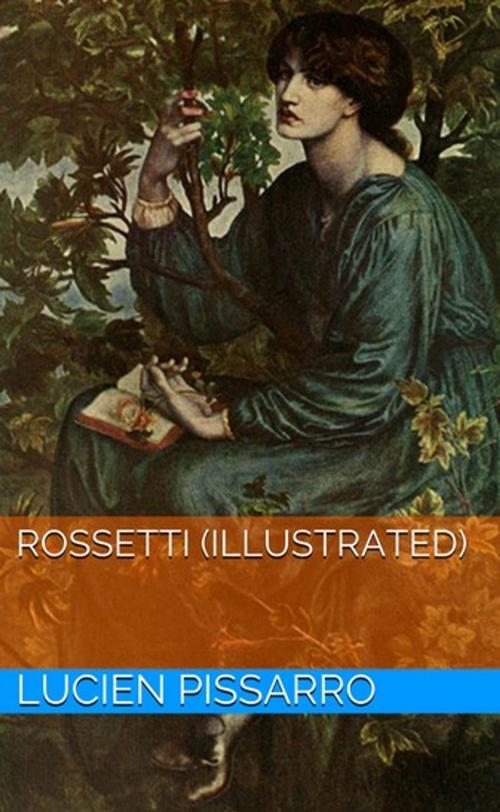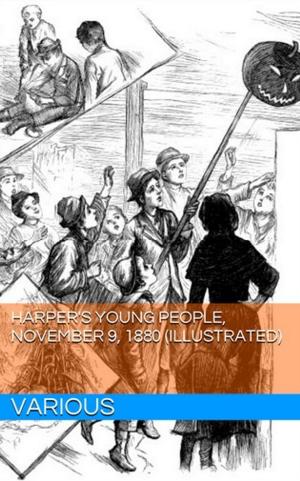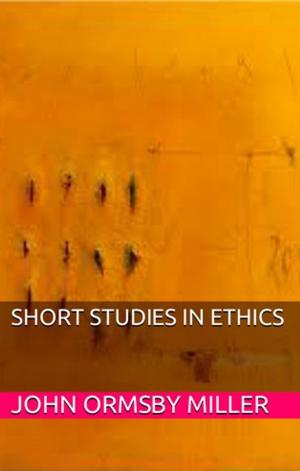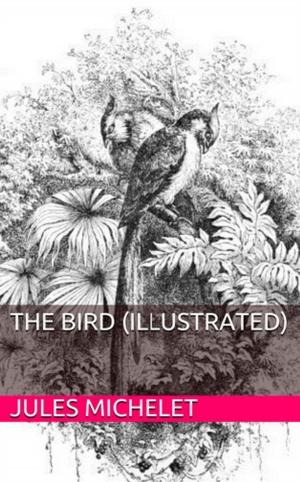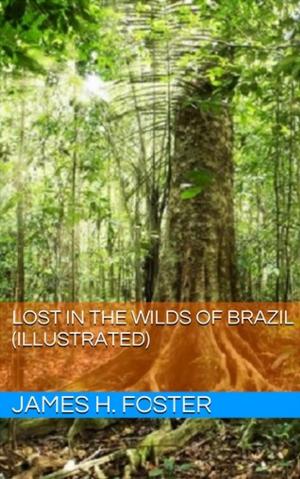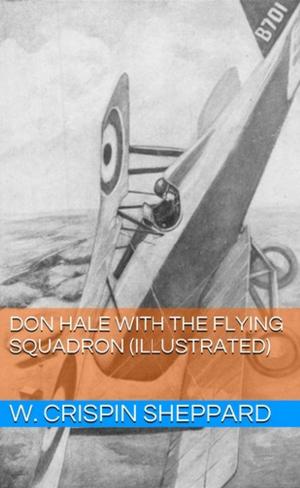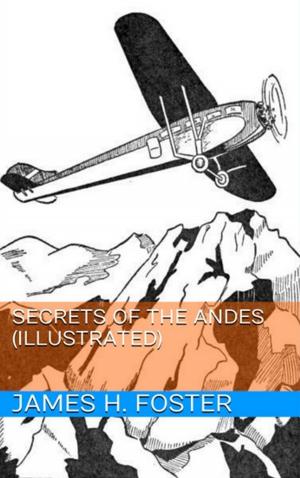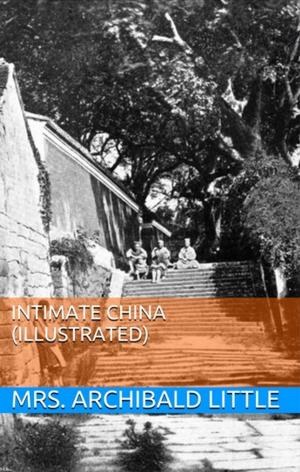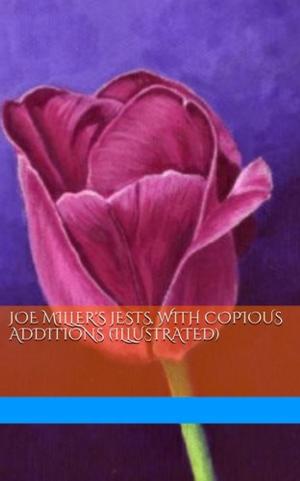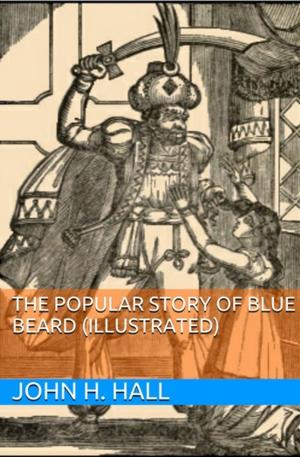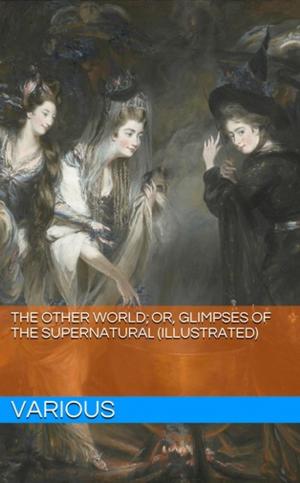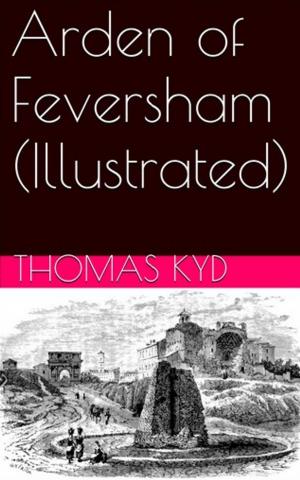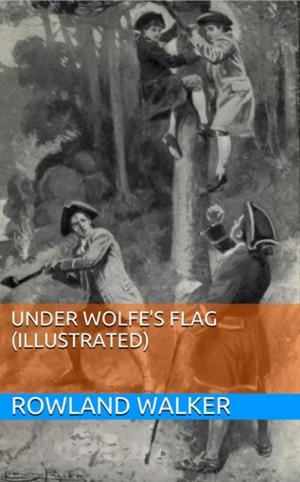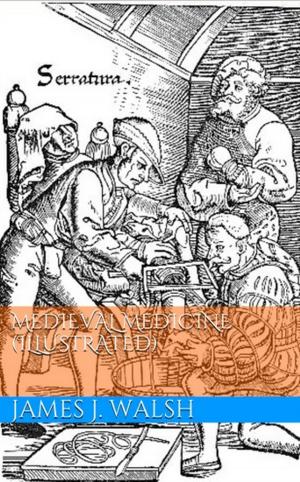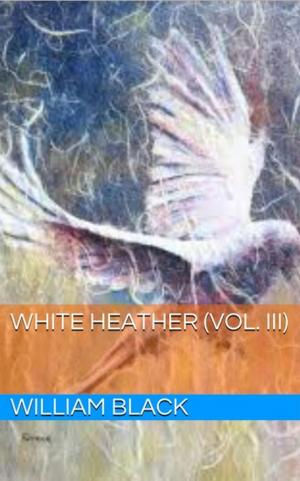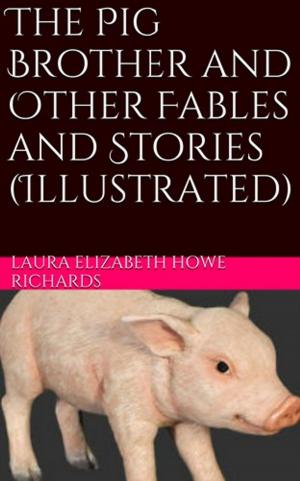| Author: | Lucien Pissarro | ISBN: | 1230000155954 |
| Publisher: | Lost Leaf Publications | Publication: | July 29, 2013 |
| Imprint: | Language: | English |
| Author: | Lucien Pissarro |
| ISBN: | 1230000155954 |
| Publisher: | Lost Leaf Publications |
| Publication: | July 29, 2013 |
| Imprint: | |
| Language: | English |
“Masterpieces in Colour” Series
Artist. Author.
VELAZQUEZ. S. L. Bensusan.
REYNOLDS. S. L. Bensusan.
TURNER. C. Lewis Hind.
ROMNEY. C. Lewis Hind.
GREUZE. Alys Eyre Macklin.
BOTTICELLI. Henry B. Binns.
ROSSETTI. Lucien Pissarro.
BELLINI. George Hay.
FRA ANGELICO. James Mason.
REMBRANDT. Josef Israels.
LEIGHTON. A. Lys Baldry.
RAPHAEL. Paul G. Konody.
HOLMAN HUNT. Mary E. Coleridge.
TITIAN. S. L. Bensusan.
MILLAIS. A. Lys Baldry.
CARLO DOLCI. George Hay.
GAINSBOROUGH. Max Rothschild.
TINTORETTO. S. L. Bensusan.
LUINI. James Mason.
FRANZ HALS. Edgcumbe Staley.
VAN DYCK. Percy M. Turner.
LEONARDO DA VINCI. M. W. Brockwell.
RUBENS. S. L. Bensusan.
WHISTLER. T. Martin Wood.
HOLBEIN. S. L. Bensusan.
BURNE-JONES. A. Lys Baldry.
VIGÉE LE BRUN. C. Haldane MacFall.
CHARDIN. Paul G. Konody.
FRAGONARD. C. Haldane MacFall.
MEMLINC. W. H. J. & J. C. Weale.
CONSTABLE. C. Lewis Hind.
RAEBURN. James L. Caw.
JOHN S. SARGENT. T. Martin Wood.
LAWRENCE. S. L. Bensusan.
DÜRER. H. E. A. Furst.
MILLET. Percy M. Turner.
WATTEAU. C. Lewis Hind.
HOGARTH. C. Lewis Hind.
MURILLO. S. L. Bensusan.
WATTS. W. Loftus Hare.
INGRES. A. J. Finberg.
ABOUT the middle of the nineteenth century Europe woke to the fact that Art, despite its pretention, had lost all touch with tradition and, like a blind man deprived of his staff, stood fumbling for direction. The necessary “point d’appui”[10] took shape in a return to nature. This return was effected by very different means according to the country and artistic milieu in which it occurred. In England it was really a revival of the schools of painting that preceded Raphael and resulted in grafting the complicated passions of our century upon the naïve outlook of the early Italians. The more logical mind of the Frenchman saw that it was not enough to look at nature through the eyes of the Primitives. The point of view had perforce changed and all that it was necessary to borrow from the early schools was the sincerity they brought to the interpretation of phenomena.
We have been told that, in contrast to the continental movement, the realism of the Pre-Raphaelites was applied only to noble subjects. But what is a noble subject? The distinction is a purely literary one. There are no noble subjects in art; there are only harmonies of line and colour.[11] For example this school would prefer the rose to the cabbage as a subject, on account of the symbols attached to it. It is the Queen of Flowers, the Mystic Rose, &c., &c. But is the rose greater than the cabbage from a purely pictorial point of view? It depends entirely upon how far the painter is able to reveal the beauty, the harmony of form and colour of either. The symbolistic appanage of the rose will not suffice of itself to make a picture, nor for the lack of these symbols may we condemn the cabbage.
The realism of the Pre-Raphaelites developed an absorption in detail, a “bit by bit” painting that was too often detrimental to the whole. In the best works of the early Italians the unity is, in spite of that attention to detail, admirably maintained—in other words the values are preserved. It was not long, however, before Rossetti quitted the path of the Pre-Raphaelites for a broader one. His paintings are entirely symbolistic, therefore literary. Given the personality of[12] an artist equally gifted as painter and poet, this need not surprise us. Indeed, seeing that Rossetti’s pictorial conceptions are exclusively literary, he might be considered as more dominantly a writer than a painter; and this is the light in which he saw himself. We might say he painted “sentiments” and add that sentiment is the property of literature, but in Rossetti’s case they have at least the advantage of intensity. They come straight from life, for all his art is more or less connected with the tragedy of his own existence. Herein lies the value of Rossetti’s works as artistic creations.
“Masterpieces in Colour” Series
Artist. Author.
VELAZQUEZ. S. L. Bensusan.
REYNOLDS. S. L. Bensusan.
TURNER. C. Lewis Hind.
ROMNEY. C. Lewis Hind.
GREUZE. Alys Eyre Macklin.
BOTTICELLI. Henry B. Binns.
ROSSETTI. Lucien Pissarro.
BELLINI. George Hay.
FRA ANGELICO. James Mason.
REMBRANDT. Josef Israels.
LEIGHTON. A. Lys Baldry.
RAPHAEL. Paul G. Konody.
HOLMAN HUNT. Mary E. Coleridge.
TITIAN. S. L. Bensusan.
MILLAIS. A. Lys Baldry.
CARLO DOLCI. George Hay.
GAINSBOROUGH. Max Rothschild.
TINTORETTO. S. L. Bensusan.
LUINI. James Mason.
FRANZ HALS. Edgcumbe Staley.
VAN DYCK. Percy M. Turner.
LEONARDO DA VINCI. M. W. Brockwell.
RUBENS. S. L. Bensusan.
WHISTLER. T. Martin Wood.
HOLBEIN. S. L. Bensusan.
BURNE-JONES. A. Lys Baldry.
VIGÉE LE BRUN. C. Haldane MacFall.
CHARDIN. Paul G. Konody.
FRAGONARD. C. Haldane MacFall.
MEMLINC. W. H. J. & J. C. Weale.
CONSTABLE. C. Lewis Hind.
RAEBURN. James L. Caw.
JOHN S. SARGENT. T. Martin Wood.
LAWRENCE. S. L. Bensusan.
DÜRER. H. E. A. Furst.
MILLET. Percy M. Turner.
WATTEAU. C. Lewis Hind.
HOGARTH. C. Lewis Hind.
MURILLO. S. L. Bensusan.
WATTS. W. Loftus Hare.
INGRES. A. J. Finberg.
ABOUT the middle of the nineteenth century Europe woke to the fact that Art, despite its pretention, had lost all touch with tradition and, like a blind man deprived of his staff, stood fumbling for direction. The necessary “point d’appui”[10] took shape in a return to nature. This return was effected by very different means according to the country and artistic milieu in which it occurred. In England it was really a revival of the schools of painting that preceded Raphael and resulted in grafting the complicated passions of our century upon the naïve outlook of the early Italians. The more logical mind of the Frenchman saw that it was not enough to look at nature through the eyes of the Primitives. The point of view had perforce changed and all that it was necessary to borrow from the early schools was the sincerity they brought to the interpretation of phenomena.
We have been told that, in contrast to the continental movement, the realism of the Pre-Raphaelites was applied only to noble subjects. But what is a noble subject? The distinction is a purely literary one. There are no noble subjects in art; there are only harmonies of line and colour.[11] For example this school would prefer the rose to the cabbage as a subject, on account of the symbols attached to it. It is the Queen of Flowers, the Mystic Rose, &c., &c. But is the rose greater than the cabbage from a purely pictorial point of view? It depends entirely upon how far the painter is able to reveal the beauty, the harmony of form and colour of either. The symbolistic appanage of the rose will not suffice of itself to make a picture, nor for the lack of these symbols may we condemn the cabbage.
The realism of the Pre-Raphaelites developed an absorption in detail, a “bit by bit” painting that was too often detrimental to the whole. In the best works of the early Italians the unity is, in spite of that attention to detail, admirably maintained—in other words the values are preserved. It was not long, however, before Rossetti quitted the path of the Pre-Raphaelites for a broader one. His paintings are entirely symbolistic, therefore literary. Given the personality of[12] an artist equally gifted as painter and poet, this need not surprise us. Indeed, seeing that Rossetti’s pictorial conceptions are exclusively literary, he might be considered as more dominantly a writer than a painter; and this is the light in which he saw himself. We might say he painted “sentiments” and add that sentiment is the property of literature, but in Rossetti’s case they have at least the advantage of intensity. They come straight from life, for all his art is more or less connected with the tragedy of his own existence. Herein lies the value of Rossetti’s works as artistic creations.
